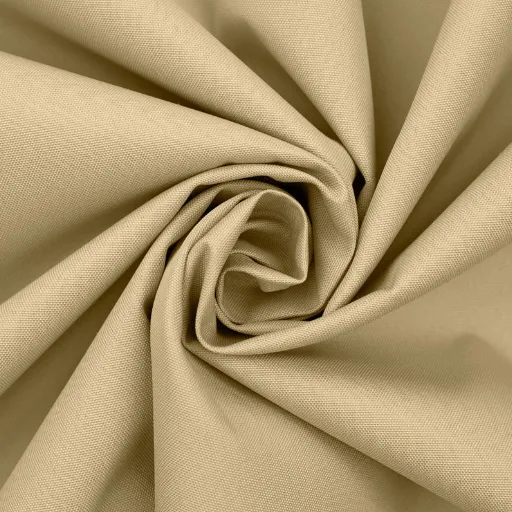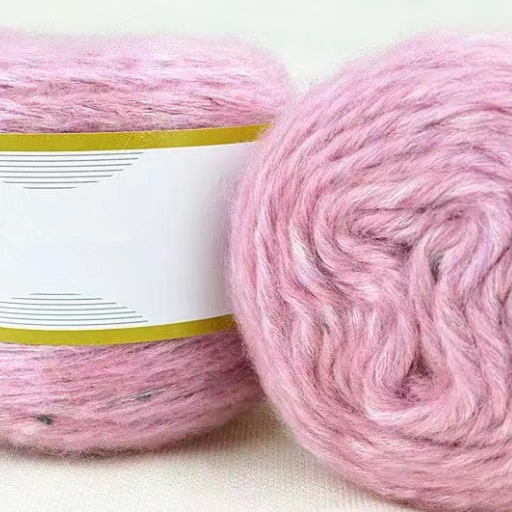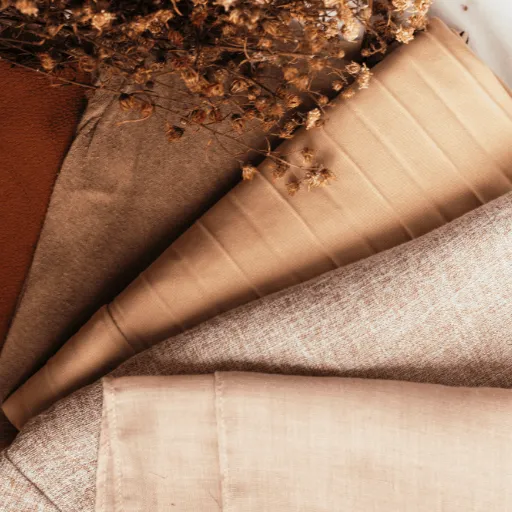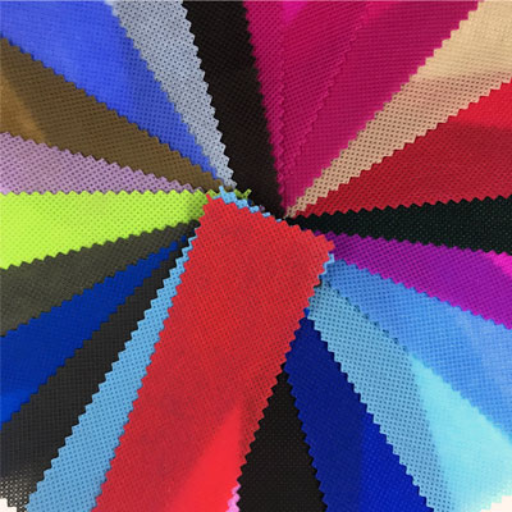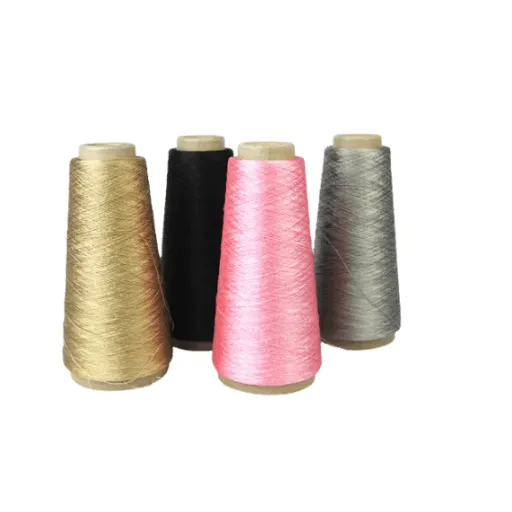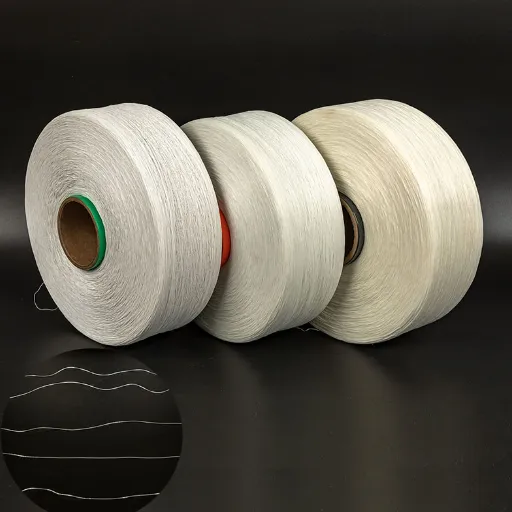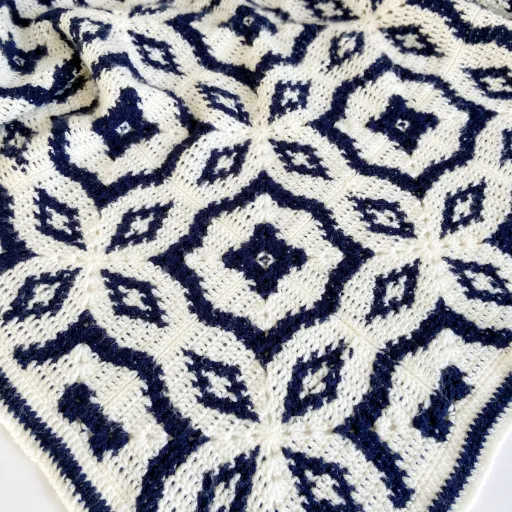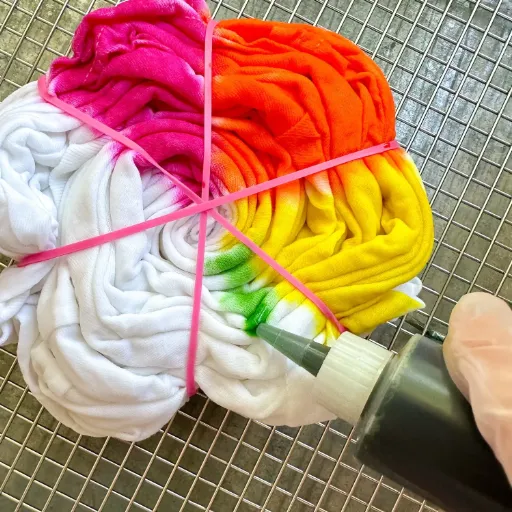Acrylic yarn enjoys high popularity among crocheters and knitters due to its affordability, extensive color range, and durability. On the other hand, indie crafters often complain of its sometimes stiff, scratchy texture, which makes it less fun to wear or use as an end product. Some good news? A few global methods can soften even the hardest acrylic yarns sufficiently to create a warm, cuddly texture suitable for your handcrafted products. This post covers efficient yet straightforward techniques for softening acrylic yarn, ensuring that all your projects are both practical and pleasurable. Whether you’re an experienced and creative individual or just starting, the journey to excellence in crafting will surely be worth pursuing.
Understanding Acrylic Yarn

Being a synthetic fiber created from polymeric substances derived from petroleum, acrylic yarn is highly regarded for its low cost, durability, and wide color variety, and is widely used in various crafting projects. Unlike natural fibers like wool or cotton, acrylic yarn is not susceptible to moth damage; additionally, it is lightweight and sometimes machine washable, which adds to its convenience. However, it may feel stiff or scratchy; therefore, softening methods are implemented to soften the texture, allowing for a more pleasant use in crafting activities.
What is Acrylic Yarn?
Acrylic yarn is a synthetic fiber manufactured from polymers such as polyacrylonitrile. The term acrylic was introduced in the mid-20th century as a man-made fiber counterpart to wool and other natural fibers. It is a chemical treatment wherein the fibers are prepared and subsequently spun into yarn. Acrylic yarn, now commonly used in knitting and crocheting, is also used in crafting due to its affordability, versatility, and availability in numerous colors and textures. It is valued particularly for its durability, resistance to pilling, and machine washability, which are excellent qualities for any beginner crafter. However, since it is synthetic, acrylic yarn tends to be less breathable than natural fibers and may not give the warmth levels that wool material would provide.
Properties of Acrylic Yarn
Acrylic yarn comes with several attributes that make it attractive to hobbyists. Firstly, the price ranges keep it within reach for hobbyists of all skill levels. It is lightweight, so it is easy for crafters to hold during projects. Another advantage of this synthetic fiber is its versatility, with an extensive range of colors and textures, offering artists endless possibilities. It surely guarantees wear resistance and is resistant to environmental factors such as exposure to sunlight and moisture. It is also machine-washable, allowing it to dry quickly and ease the everyday upkeep of the finished product. On the downside, acrylic fibers do have lower breathability compared with other natural fibers, such as cotton or wool, and tend to fall short in thermal insulation properties. So, it is indeed an excellent yarn for decorative or general-purpose items, but might be less ideal for making thermal garments that require a high-performance thermal one.
Why Does Acrylic Yarn Feel Scratchy?
The rough texture of acrylic yarn mainly depends on how it is treated and the quality of the fibers used. Acrylic yarn is made by extruding synthetic polymers into thin strands that serve as manmade equivalents to natural fibers. Any sloppiness in processing or in refining these strands can allow the yarn to retain a certain coarseness. Additionally, inexpensive varieties of acrylic yarn sometimes have uneven fibers or irregular finishes that can create scratchiness. Soaking or conditioning an acrylic yarn project can remove some grubbiness, but finer acrylic yarns will smooth out and feel comfortable from the very beginning. Choosing softer blends or good-quality acrylic brands is another way to solve this problem.
Why Soften Acrylic Yarn?

Give acrylic yarn a softening treatment to make the final product a creature of comfort and of everyday use. Soft acrylic yarn, if uncomfortable, could be a nightmare for scarves, hats, and sweaters. The smoother, if even slightly soft, texture improves the yarn, making it feel pleasing to the touch. It ensures that the resultant great product is a joy for the consumer or wearer to use.
Benefits of Softening
Improved Comfort
It provides a much more sublime comfort in the making of scarves, hats, and blankets, and brings this to a fine aesthetic and touch.
Skin-Friendly Texture
The finer the yarn texture, the less it irritates the skin; hence, the material being used was created for softer skin types.
Enhanced Durability
Although the softened yarn loses its brittleness, it can increase the longevity of the finished article by preventing fibers from breaking or becoming damaged over time.
Better Aesthetic Appeal
The softer finish provides a better visual appeal for project colors and stitch work, thanks to a more uniform appearance.
Easier Handling
Soft yarn would be a joy to work with, as it alleviates hand strain and is comfortable for fine stitching or extended periods of knitting.
When to Soften Your Yarn
Softening the yarn is particularly useful in various situations. For instance, if you find yourself with a rather coarse, hard yarn that could be poking at one’s skin while on, then the softening process would ensure the comfort and wearability of the final product. This is especially important for such projects as scarves, sweaters, or baby blankets, as the yarn will be in direct contact with delicate skin. Another situation that can cause the yarn to become rough and stale arises when it has been left lying around for too long. Softening the yarn will restore its texture and make it easier to handle. Ease of forming stitches evenly and smoothly can also be a reason to soften the yarn for projects with intricate stitching. Always soften your yarn if you think it will enhance the durability, appearance, and feel of your project.
Methods to Soften Acrylic Yarn
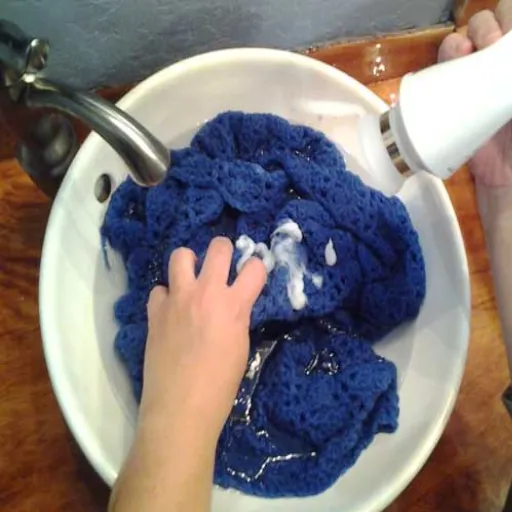
Quick Overview of Methods:
- Wash and Condition: Wash the yarn or the finished item with warm water and a mild liquid detergent. A small amount of fabric conditioner or hair conditioner should be added during the final rinse to impart softness to the fibers.
- Steam Blocking: Use a garment steamer or a steam setting on the iron to apply gentle heat and moisture. Avoid pressing the iron directly on acrylic yarn to prevent possible damage.
- Dryer with Fabric Softener Sheets: Place the yarn or project in the dryer with a fabric softener sheet. Using low or delicate heat, dry it for a brief period, checking frequently to prevent overheating.
- Vinegar Rinse: Add several tablespoons of vinegar to a basin of cool water and soak the yarn in it. Rinse with clean water and dry afterward. This can bring out the softness while reducing stiffness.
- Rewash: Washing the yarn a second time with mild detergent and conditioner can sometimes further soften it.
Using these easy techniques can make the acrylic yarn more pleasant to work with and wear, thus improving the end products.
Method 1: Using Hair Conditioner
This is a favored method for softening acrylic yarn. First, fill a basin with warm water and add almost half a cup of hair conditioner. Mix well to ensure there are no traces of conditioner. Submerge the yarn completely in the solution and let it soak for 30 minutes to 1 hour. Proceed to gently massage the area using your hands to aid in conditioning the fiber. When conditioning is complete, rinse thoroughly with cool water to remove any residue from the conditioner. The yarn is then left to dry in the air. This treatment eliminates stiffness and transforms the yarn into something supremely soft and pleasant to work with during crafting.
Method 2: Using Fabric Softener
Softening your yarn with a softener is another method of making it pliable or easier to manage. To start, warm water is filled in a basin or sink. Then a tablespoon of fabric softener is added per gallon of water. Stir very gently to allow the fabric softener to blend in. Place the yarn inside the solution, making sure it is completely submerged. The yarn should soak for anywhere from 30 minutes to 1 hour, allowing the softener ample time to penetrate deeply into the fibers. Then rinse under cold water to wash off most of the softener, being careful not to tangle or distort the yarn. Lay flat on a towel and gently press to remove excess water; then air dry. Mellow, softened yarn is greatly appreciated and, of course, adds a wonderful texture to your finished work.
Method 3: Using White Vinegar
White vinegar is a cost-effective choice for naturally softening yarn. First, put together a solution of one part white vinegar to three parts warm water in a large tub. Ensure that the yarn is completely submerged in the solution, allowing every fiber to be soaked evenly. Leave the yarn to soak in the vinegar solution for 20-30 minutes. The vinegar softens stiffness in the fibers without causing damage. After washing, rinse the yarn with cool water until the vinegar smell has completely faded. The yarn should be handled gently to avoid tangling. Use a towel to squeeze out all excess water, then lay it flat to dry. This method softens the yarn and slightly brightens the colors, resulting in a fresh finish for your project.
Method 4: Using Steam
Steaming is an excellent method for softening yarn while preserving its shape and texture. The steaming method involves holding the yarn above a pot of steaming water or using it with a handheld garment steamer. Ensure the yarn is not exposed to direct steam to prevent overheating or fiber damage. Move the steam slowly onto the yarn so that every single part is covered evenly. The heat and moisture will relax the fibers, thus softening and making the yarn more pliable. Allow it to cool and dry thoroughly after steaming before applying it to your project. It is most effective for natural fibers and can help smooth out wrinkles and kinks.
Method 5: Washing and Drying
This operation of washing and drying improves the texture of your yarn and also prepares it for use in various projects. Fill a basin or sink with lukewarm water, then add mild detergent or wool wash suitable for the specific yarn type you are working with. Gently submerge the yarn in the water, ensuring it is completely soaked while avoiding agitation that could cause tangling or felting. Allow the soaking process to take between 15 and 30 minutes, then thoroughly rinse it in clean water.
After rinsing, gently squeeze out the excess water, but avoid wringing or twisting the yarn, as this could damage the fibers. You should then place the yarn flat on a clean towel, roll it up, and press on it to remove even more moisture. The yarn should then be laid out on a drying rack or hung in a well-ventilated area, away from direct sunlight, until it is scorched. Washing and drying will make your yarn soft and clean, making it easy to handle and giving your completed projects an elegant look.
⚠️ Common Mistakes to Avoid
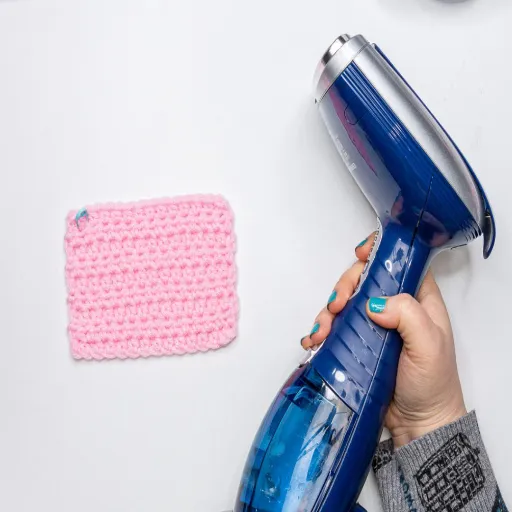
- Wringing or twisting the yarn: Twisting weakens and damages the fibers, creating a rough feel and demolishing its durability.
- Using hot water or harsh detergents: This causes shrinkage, felting, and fading of the yarn. Always maintain a lukewarm temperature and use gentle soap or detergent.
- Drying in direct sunlight: Excess heat and sunlight cause the yarn to fade and become brittle over time. Use a shady and well-ventilated site instead.
- Skipping a gentle rinse: Soap stubbornly refuses to come off, leaving your yarn feeling sticky or stiff, which influences the workability and the end visual of your project.
- Neglecting to shape the yarn while drying: Improper lay or drape of yarn would cause the yarn to have uneven tension or become misshapen with those fibers.
Overheating Your Yarn
The overheating of the yarn drastically affects its quality and longevity. At high temperatures, whether due to direct sunlight, hot water, or excessive heat during drying, the fibers may become weak, shrink, or lose elasticity. Usually, yarns are differentiated from one another, and their vulnerability becomes apparent when exposed to heat stress, particularly for yarns made from natural fibers such as wool or cotton, which can become brittle or felted with heat exposure. Care must be taken not to overheat your yarn: Observe the care instructions for your type of yarn, and wash with lukewarm water. For drying, avoid tumble drying or placing anywhere near heat sources. Air-dry in the shade with good ventilation. Proper care will maintain the texture, color, and strength of your yarn for its future applications.
Skipping the Rinsing Step
Failing to rinse a skein after washing can leave detergent or soap residue in the fibers, which may alter the texture of the yarn or cause skin irritation when working with yarn-based projects. Currently, many searches focus on whether one should rinse or not, particularly for delicate or specialty yarns. According to expert consensus, the correct answer would always be to rinse the yarn thoroughly in clean, lukewarm water after washing. By doing this, you guarantee the removal of all cleaning agents from the yarn that otherwise would shrink its softness and integrity, and with that, they have a longer recoverable stage for your craft work.
Improper Handling of Wet Yarn
Improper handling of wet yarn can lead to significant damage, thereby impairing its texture and strength. One of the most common questions being asked (and searched for on the internet) is how to handle wet yarn without damaging it. The answer: Wet yarn must always be handled with care. Do not wring or twist them, as that can stretch or weaken the fibers. Instead, place the yarn between clean towels and gently press out the excess water. Place it flat on a dry surface, carefully shaping it to avoid distortion, and allow it to dry thoroughly in the air. These precautions help maintain the yarn in good condition for future use.
💡 Tips for Best Results
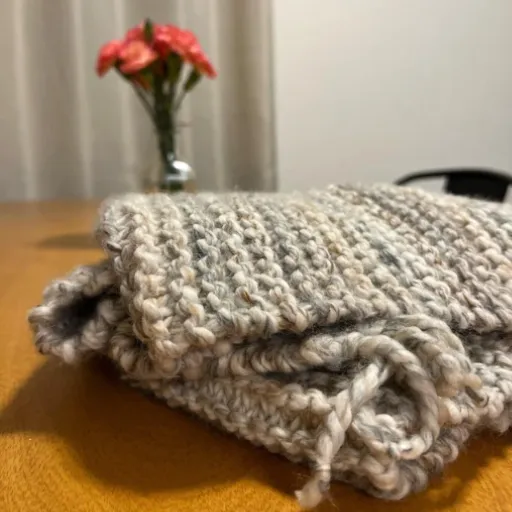
- ✓
Endeavor to treat yarn gently, especially when wet, so that it can retain its original texture and quality. - ✓
Use a clean, absorbent towel to gently wipe off excess water, avoiding wringing or twisting it. - ✓
Always lay the yarn flat on a surface and air-dry it while reshaping it to the best of your ability, so it will not get distorted. - ✓
Once dried, store the yarn in a cool, dry place, away from direct sunlight, to maintain its optimal condition.
Test on a Small Swatch
Before I undertake a complete project, I always try out washing and drying methods on a small swatch of the yarn. This way, I can ensure that the fiber is treated correctly and retains its quality before risking larger quantities.
Use High-Quality Products
Applying products of all-time highest merit to your work guarantees their durability and longevity. Washing powders or cleansers, especially those specifically designed for delicate fibers, can help preserve the texture and color of yarn. Avoid using harsh chemicals or any household cleaners to treat the yarn, as they may damage it. Likewise, good-quality conditioning rinsing agents will restore musky softness and elasticity to the yarn, improving the hand feel of the finished product and its durability. Always select these products based on whether your yarn is made from natural or synthetic fiber.
Combine Methods for Extra Softness
Care techniques applied in parallel substantially contribute to making the yarn soft and of better quality. A fiber wash and final rinse set consists of soaking the yarn in lukewarm water with a gentle detergent specifically designed for fibers, thoroughly rinsing, and conditioning with either a rinse or a fabric softener to seal in the moisture. Next, hand-block the yarn ever so gently to help retain its shape as it dries. Lastly, add a touch of softness with a handheld steamer, which gently relaxes the fibers without applying too much heat. All of these combined help retain the softness of wool strands, ready for crafting a better outcome.
📚 Reference Sources
Here are three professional and authoritative reference sources that you can use to verify the correctness of your article on “how to soften acrylic yarn”:
“Studies on Cotton–Acrylic Bulked Yarns Produced from Different Spinning Technologies”
Published by Taylor & Francis Online, this study describes the qualities of acrylic yarns and their behavior under various conditions, thus shedding light on their properties and potential treatments.
“The Effect of Softener on the Performance and Thermal Comfort Properties of Warp Knitted Acrylic Blankets”
Indexed in DergiPark, this study investigates the effect of various softeners on acrylic yarns, providing valuable insights into the softening process and their effectiveness.
“Cleaner Production Guide for Textile Industries”
This guide provides comprehensive information on all aspects of textile production processes, including treatments of synthetic fibers such as acrylics, with an emphasis on sustainable production.
❓ Frequently Asked Questions (FAQs)
What is the best way to soften acrylic yarn?
The best way to soften acrylic yarn is to soak it in a solution of water and a small amount of hair conditioner. This method effectively relaxes the yarn fibers, making them softer to the touch. Simply mix the conditioner with water, submerge the yarn fully, and let it soak for about 30 minutes before rinsing.
Can I use fabric softener to soften acrylic yarn?
Yes, you can use fabric softener as an alternative method to soften acrylic yarn. Just mix a small amount of fabric softener with water, soak the yarn, and then rinse thoroughly. This can help enhance the softness of your acrylic yarn and improve its feel for your crochet project.
How do I soften scratchy acrylic yarn?
To soften scratchy acrylic yarn, consider using a combination of hair conditioner and vinegar. After washing the yarn with a cup of white vinegar, rinse it thoroughly and then apply a small amount of hair conditioner. This method can significantly improve the yarn’s texture, making it more enjoyable for crocheting or knitting.
Is it safe to wash acrylic yarn in the washing machine?
It is generally safe to wash acrylic yarn in the washing machine, but it’s best to use a gentle cycle and cold water to avoid damaging the fibers. Always check the label on your skein of acrylic yarn for specific washing instructions to ensure the longevity of your finished project.
How long should I let the yarn soak?
You should let the yarn soak for about 20 to 30 minutes when using a conditioner or vinegar solution. This will give the yarn enough time to absorb the softening agents, improving the overall feel of the yarn before you use it in your crochet or knitting projects.
Can I use vinegar to soften yarn?
Yes, using vinegar is a popular method for softening acrylic yarn. Mixing a cup of white vinegar with water can help remove any stiffness and improve the softness of the yarn fibers. After soaking, rinse the yarn thoroughly to eliminate any vinegar smell.
Do all acrylic yarns soften the same way?
No, not all acrylic yarns are created equal. The softness of your acrylic yarn may vary based on its thickness and quality. Higher-quality yarns may respond more effectively to softening methods, while lower-quality yarns may require greater effort to achieve the desired softness.
What is the effect of heat on acrylic yarn?
Acrylic yarn can melt when exposed to high heat, so it’s important to avoid using hot water or drying the yarn in high temperatures. If you need to steam the yarn to gently soften it, ensure the heat is kept low to avoid damaging the fibers.
How can I determine if my yarn is suitable for my project?
The softness of your acrylic yarn should feel pleasant to the touch and not scratchy against your skin. Before starting your project, run your fingers through the yarn to determine if the texture is suitable for the item you are planning to knit or crochet.









